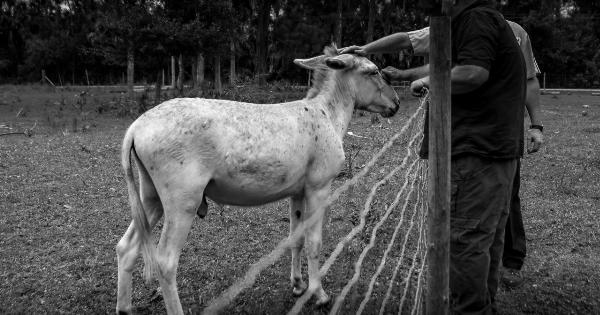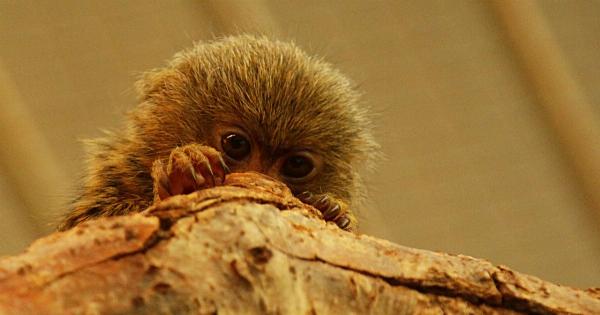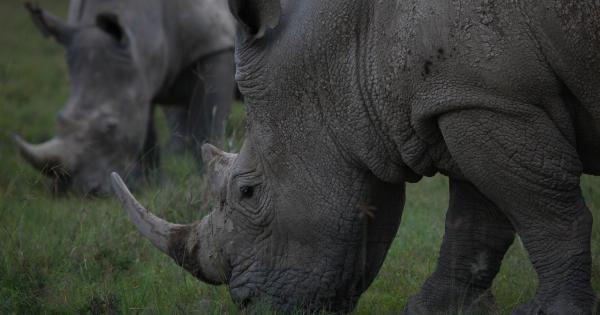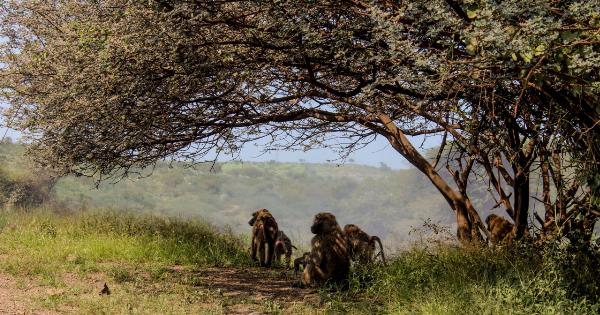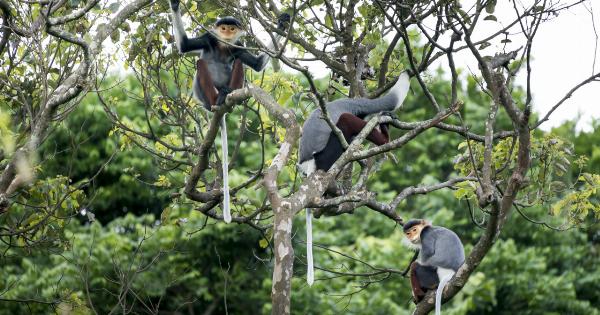Thailand is home to a diverse range of wildlife, including the majestic wild boars that inhabit its forests and mountains. However, these iconic animals are facing a new and deadly threat – cave disease.
What is cave disease?
Cave disease, also known as white nose syndrome, is a fungal infection that primarily affects bats. The disease is caused by a fungus called Pseudogymnoascus destructans (Pd), which thrives in the cold and humid environments found in caves.
While the disease primarily affects bats, it can also pose a significant threat to other cave-dwelling animals, including wild boars.
How does cave disease impact wild boars?
While wild boars are not directly affected by the Pd fungus, they can play a role in the spread of the disease. These animals are known to explore and inhabit caves, often coming into contact with infected bats or contaminated environments.
As a result, they can inadvertently carry the fungus to other parts of the ecosystem, leading to the further spread of the disease.
Additionally, the presence of cave disease can disrupt the delicate balance of the ecosystem.
Bats play a crucial role in pollination and seed dispersal, and their decline due to cave disease can have cascading effects on the overall health of the forest. This, in turn, can have long-term implications for the survival of wild boars and other wildlife species that rely on these ecosystems for food and shelter.
The spread of cave disease in Thailand
In recent years, cave disease has become a growing concern in Thailand. With its vast network of caves and diverse bat populations, the country provides an ideal habitat for the Pd fungus to thrive.
Studies have shown that several bat species in Thailand have already been affected by the disease, and the potential for transmission to wild boars is a significant cause for concern.
The spread of cave disease is often facilitated by human activities. Exploration and tourism in caves can lead to the introduction of the fungus to new areas, as people inadvertently bring spores on their clothing or equipment.
Additionally, the disturbance caused by human presence can trigger stress responses in bats, further worsening their susceptibility to the disease.
Conservation efforts to protect wild boars
Recognizing the threat posed by cave disease, conservation organizations and government agencies in Thailand have started taking proactive measures to mitigate its impact on wild boars.
One of the key strategies is to raise awareness about the disease and the importance of minimizing human disturbance in caves.
Education campaigns and guidelines for cave exploration have been implemented to ensure that visitors adhere to strict protocols to prevent the inadvertent spread of the fungus.
Additionally, there are ongoing efforts to monitor bat populations and identify early signs of the disease. This includes regular surveys, collection of samples, and laboratory testing to detect the presence of Pd fungus in both bats and wild boars.
By identifying infected individuals and implementing appropriate measures, such as isolation and treatment, it is possible to limit the spread of the disease to other individuals and minimize its impact on wild boars.
Furthermore, habitat conservation is crucial in protecting wild boars from the indirect effects of cave disease.
By preserving and restoring the natural habitats of both bats and boars, it is possible to maintain a healthy and biodiverse ecosystem that is resilient to disease outbreaks.
The need for international collaboration
Cave disease knows no boundaries, and it is essential for Thailand to collaborate with other countries to address this global issue.
Sharing knowledge, best practices, and research findings can help in developing effective strategies to prevent the further spread of the disease.
International organizations, such as the Global Wildlife Conservation and the Convention on Biological Diversity, also play a crucial role in supporting local efforts.
Through funding, capacity building, and advocacy, these organizations can assist Thailand in its conservation initiatives and ensure the long-term survival of wild boars and other wildlife affected by cave disease.
Conclusion
Cave disease poses a significant threat to the survival of Thailand’s wild boars. While these animals are not directly affected by the Pd fungus, they can contribute to the spread of the disease, leading to cascading effects on the ecosystem.
Through proactive conservation efforts, including public awareness, monitoring, and habitat preservation, it is possible to mitigate the impact of cave disease on wild boars and protect their populations for future generations.





